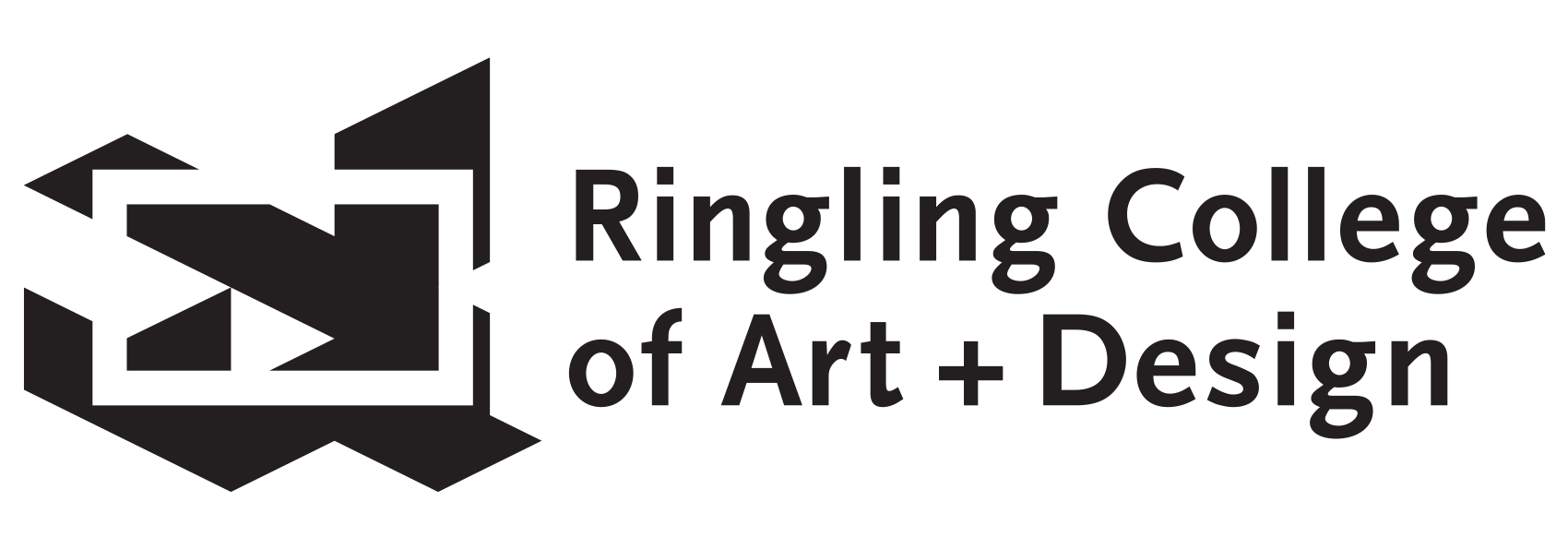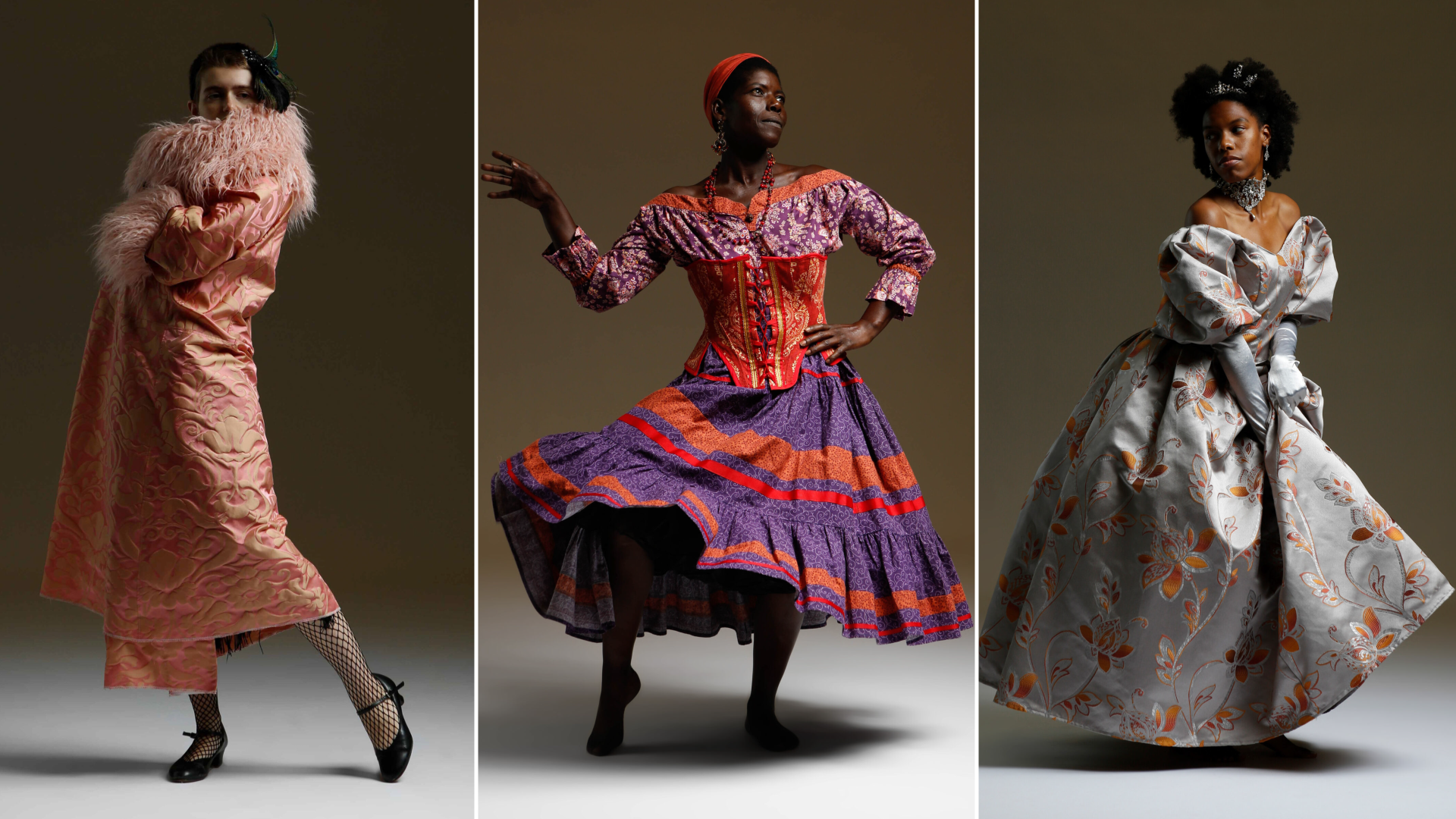Historians can trace depictions of the human form all the way back to prehistoric times. From cave paintings to medieval workshops, the sketchbook pages of da Vinci, Delacroix, and Degas to London’s Royal Academy, the vast array of figure drawing throughout the centuries highlights the significance of the observational practice.
At Ringling College of Art and Design, figure drawing has remained one of the most important academic and artistic pillars within its curriculums. Studying the human form, gesture, expression, movement, and anatomy helps provide students with the necessary foundation for creating realistic and believable characters, illustrations, animations, sculpture, and paintings.
The creation of an online, archival figure resource for the Ringling College had been a lingering idea, but one that was not yet executed. So in the spring semester of 2020, when the COVID-19 pandemic closed down the campus, the faculty were presented with a challenge but also an opportunity. Academic courses were moved to an online delivery and all students began learning remotely. This meant no students on campus, no in-person studio courses, and definitely no live-model figure drawing – the cornerstone of so many Ringling majors. This abrupt, mid-semester change saw the faculty referring their students to online resources for their figure drawing assignments… but it just wasn’t working.
“There are limited sources out there,” said Karen Sullivan, faculty for Computer Animation. “And although some are very good, they lacked the specificity and quality we required in order to deliver as close to an in-person studio experience as possible. We quickly learned that Ringling needed a custom library that was specific to our students’ needs.” And so they got to work. Several Ringling faculty and staff members quickly sprang into action and thus the Figure Reference Library (FRL) was created.
True to Ringling-form, the FRL was a true collaboration. MEDA faculty Dustin Juengel spearheaded the project in terms of scheduling, communications, and logistics. Communications Strategies Interim Director Lisa Moody, Academic Affairs’ VP Jeff Schwartz and CA faculty Karen Sullivan were instrumental in turning the idea into a reality, expediting the administrative and legal requirements. Matt Myers, also Ringling faculty, utilized his extensive background in theatre to assist with costuming, staging, and photoshoots.
Fran Avenoso took on the daunting job of finding, hiring, and contracting all of the participating figure models. And Sorcha Augustine, a figure model herself, professional photographer, and Ringling College alum (Photography and Imaging, ‘09) shot all of the still photography in her Sarasota studio. Finally, the Ringling College Communications team, with the help of Ringling students Kiara Harris (Motion Design, ‘23) and Ronald Kling (Motion Design, ‘22), was responsible for building the online platform, creating the 360-degree video content, and making approximately 3,000 images and videos available for the Ringling community.
Although conceived initially for the Figure Drawing I class, Matt Myers confirmed, “it has proved useful for many of the MEDA classes, as well as courses for the Illustration program.” Additional Ringling instructors have also remarked on how the resource could be expanded to support their classes.
The photographic process was paramount for the project’s success. Juengel, Myers, and Augustine decided they wanted to create the same look and feel as much of Augustine’s photographic work for Sarasota Contemporary Dance and Westcoast Black Theatre Troupe. “For this formal look, it’s crucial that figures are photographed from the midpoint to create the correct proportions in the camera’s flattened visual planes,” explains Augustine. “As far as lighting, I didn’t want things to be too complicated knowing that we were creating literally thousands of images, so we stayed with the same consistent, strong contrast look for everything from gesture to sequence to costume.”
Additional to the intense time constraints on the project, in order to have the reference images live for Ringling use in a matter of weeks, there were other unforeseen challenges. The experienced figure models were accustomed to holding their poses for several minutes at a time, instead of moving fluidly like a dancer or a photo model. “Even after discussing this with models before they stepped on set, each time, without a doubt, each model would naturally take a gesture, I would take my photo, and they would wait,” Augustine remarked. “Their muscle memory would just kick in.”
The credit due to the figure models for this project should not be overlooked. A unique position of both empowerment and vulnerability, figure modeling also takes extreme stamina, confidence, and a unique understanding of one’s own body and movements.
The Figure Reference Library is still evolving, with additional images and videos being added in order to suit the needs of the College, and of course, the students.
“Building this project from the beginning was quite demanding, but everyone involved thought of this as laying the foundation for an important Ringling College resource, one that can still grow and expand tremendously,” said Juengel.



